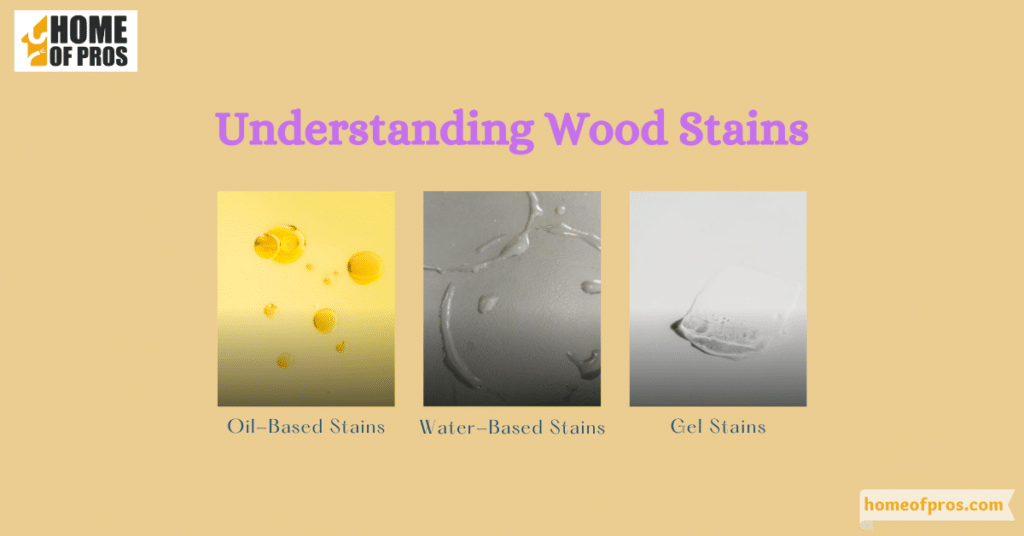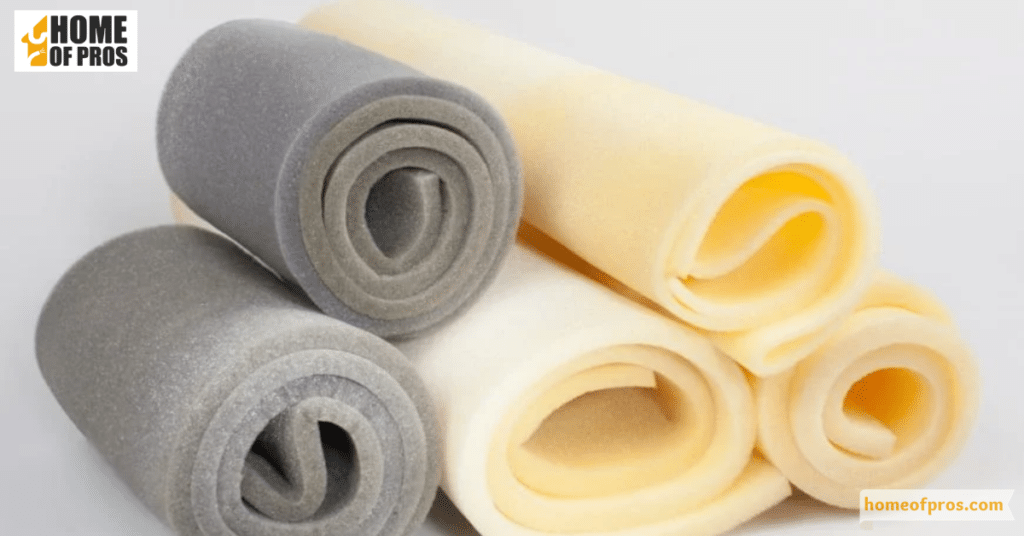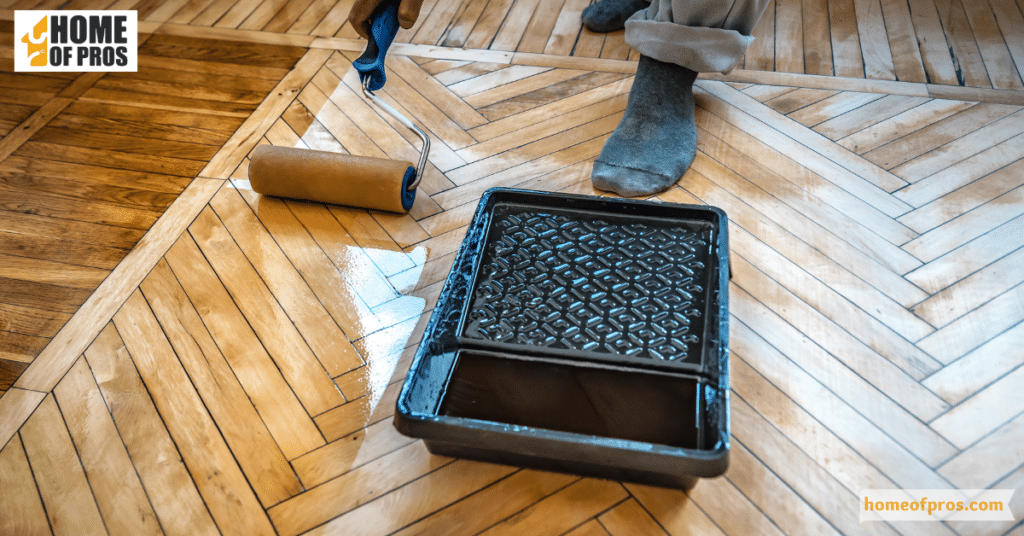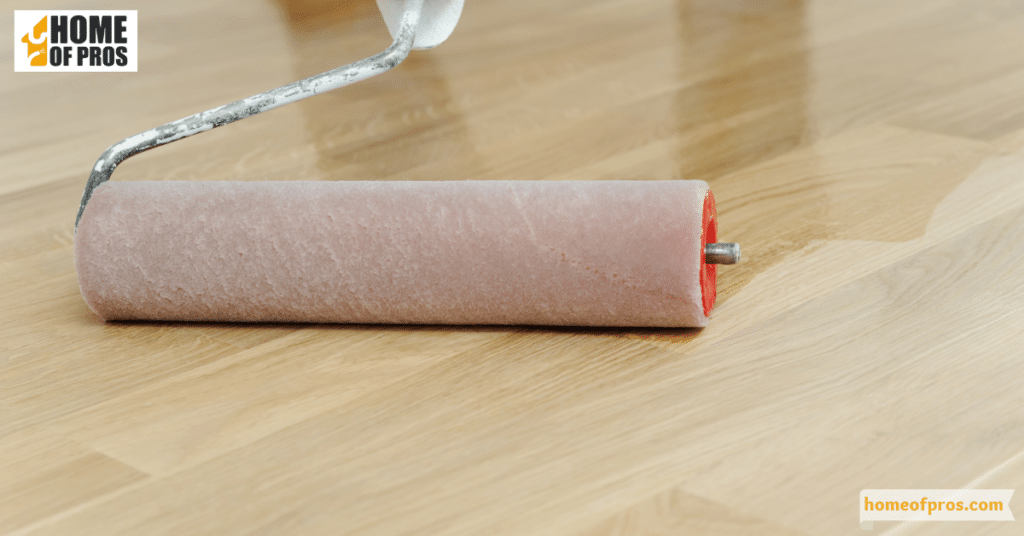Wood stains enhance the grain, adding depth and character to your wooden pieces, while finishes protect and preserve the beauty beneath. From oil-based varnishes that give a rich, glossy sheen, to water-based polyurethanes designed for durability, the right finish can make all the difference.
Wood, in its natural form, possesses an undeniable charm. But to truly bring out its beauty and ensure its longevity, the art of wood finishing is essential. Beyond mere aesthetics, the right stain and finish serve as a protective shield, preserving the wood’s allure against time and elements.

Understanding Wood Stains: More than Just Color
They are more than just a surface-level alteration; they breathe life into wood. The primary purpose of wood stains isn’t merely to change the color, but to enhance and accentuate the wood’s natural grain, its inherent beauty, and the myriad of tones within.

- Oil-Based Stains: These penetrate deep into the wood, offering a rich, vibrant hue. They tend to dry slower, allowing for a longer working time, and often result in a more durable and long-lasting finish.
- Water-Based Stains: Eco-friendly and easy to clean, water-based stains dry faster and are less odorous than their oil counterparts. They’re perfect for indoor projects and offer a more subtle, contemporary finish.
- Gel Stains: Thick and consistent, gel stains don’t drip or run, making them ideal for vertical surfaces or intricate designs. They sit more on the wood’s surface, giving a uniform color, especially on woods with a naturally uneven grain.
Choosing the right stain isn’t just about the color—it’s an art in itself. Consider the type of wood you’re working with, as certain stains can look vastly different on oak versus pine. Think about the desired look; do you want a glossy, reflective surface, or a matte, rustic charm? Finally, consider the project type. A wooden deck exposed to the elements might need a different treatment than an indoor bookshelf.
Exploring Types of Wood Finishes
Every woodworking project, no matter how skillfully executed, deserves a finishing touch that not only beautifies but also preserves. Diving deep into the world of wood finishes, we uncover the nuances of various finishes, each with its own charm and function.
Varnishes
A timeless favorite, varnishes are a fusion of resin, drying oil, and solvents. Transparent by nature, they offer a robust protective layer, safeguarding wood from moisture and potential damage. With a longer drying time, particularly for oil-based versions, patience is key, but the reward is a glossy, enriched wood appearance.
Polyurethanes
A step beyond traditional varnishes, polyurethanes combine synthetic resins for added durability. Coming in both water and oil-based variants, they can be chosen based on desired drying times and finishes. Perfect for high-traffic areas, polyurethanes seal and protect wood surfaces from daily wear and tear.

Shellac
Derived from secretions of the lac bug, shellac offers an organic finishing touch. With a rapid drying time and a warm, amber hue, it’s a go-to for antique restorations or vintage-inspired projects. However, it’s more delicate, being susceptible to alcohol spills and heat.
Lacquers
Quick to dry and offering a gleaming finish, lacquers are the speedsters of the wood finishing world. Typically applied using a sprayer, they form a hard, protective shell over the wood. Ideal for furniture and cabinetry, lacquers provide a smooth, polished look with minimal effort.
In the realm of woodwork, the finish is as critical as the crafting process itself. Each type of finish, be it varnish, polyurethane, shellac, or lacquer, tells its own story and serves a distinct purpose. Choosing the right one can elevate a project from ordinary to extraordinary, ensuring its beauty stands the test of time.

Application Techniques: Ensuring a Flawless Finish
Every piece of woodwork, from the simple to the intricate, yearns for the perfect concluding touch. That touch, when executed with precision, can elevate the very essence of the project. Let’s delve into the nuances that pave the path to a flawless finish.
- Sanding Excellence: Begin with coarse sandpaper, setting the foundation. Transition seamlessly to finer grits to achieve a silky-smooth surface. Always sand in circular motions to ensure uniformity and eliminate any potential scratches.
- Impeccable Cleaning: A tack cloth is the unsung hero of woodworking, ensuring every grain of dust is captured. For those tricky spots and crevices, a burst of compressed air can be invaluable. A pristine, dust-free surface is the canvas upon which your finish will shine.
- Masterful Application: The adage holds: that multiple thin coats triumph over a single thick one. These coats dry uniformly, presenting a polished look. Remember, always brush or wipe with the wood’s grain, harmonizing with its natural lines and patterns.
- Patient Drying: The drying phase requires patience above all. Each layer must be given ample time to cure, setting the stage for the next. Choose a well-ventilated space, free from dust, ensuring the finish dries without unwanted imperfections.
From raw timber to polished artistry, the journey of wood is a testament to the craftsman’s skill and dedication. By employing these techniques with passion and precision, every piece can stand as a beacon of craftsmanship, echoing the beauty embedded in every detail.

Maintenance and Care: Preserving the Beauty
The allure of a perfectly finished wood piece isn’t merely in its initial splendor but in its enduring radiance. Proper maintenance is the silent guardian that prolongs the life of this finish, ensuring it stands resilient against time’s relentless march. Gentle cleaning and regular dusting are foundational; they prevent the accumulation of grime and preserve the wood’s natural glow.
For minor blemishes or wear, timely touch-ups are crucial, breathing life back into the finish without a complete overhaul. Yet, as the years wear on, it’s essential to recognize when a finish has served its tenure. At this juncture, a careful reapplication or refreshment reinvigorates the wood, allowing it to age gracefully while retaining its captivating beauty.

Conclusion
The journey of woodworking is both an art and a science, and it culminates in the finale—the finish. A meticulously selected and expertly applied finish doesn’t just protect; it transforms, elevating a piece from ordinary woodwork to a captivating masterpiece. The world of finishes offers a spectrum of possibilities, and the magic lies in experimentation.
Dive in, play with combinations, and discover that bespoke touch that resonates with your vision. And once you’ve found it and your project sings its final note of completion, why keep it to yourself? Share your masterpieces, inspire others with your journey, and never stop seeking more profound depths in the craft.











